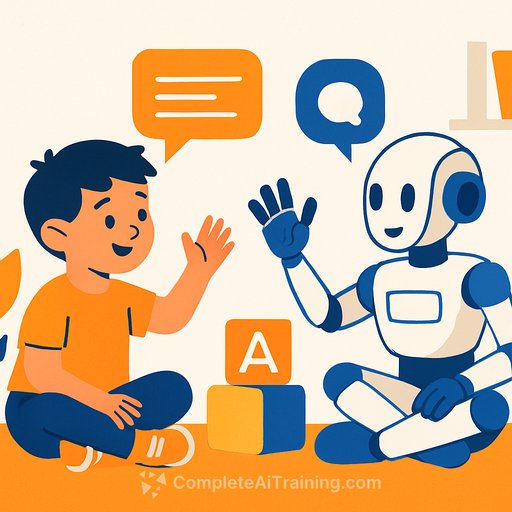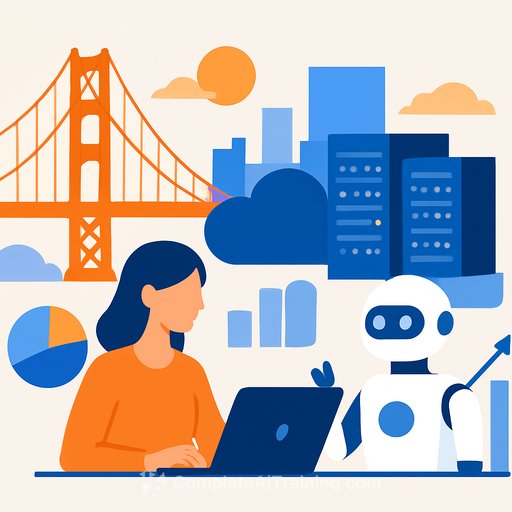Researchers Develop AI That Learns Language Like Children
Researchers at Vrije Universiteit Brussel (VUB) and Université de Namur have created a new type of artificial intelligence that acquires language similarly to how children do—through interaction, play, and actively making sense of meaning. This approach contrasts sharply with current large language models like ChatGPT, which rely solely on analyzing text statistics.
“Children learn their mother tongue by communicating with people around them,” explains Katrien Beuls of UNamur. “As they play and experiment with language, they try to interpret the intentions of their conversation partners. Through this process of interaction and meaningful context, they gradually understand and use language structures.”
Limitations of Current Large Language Models
Models such as ChatGPT generate text by identifying patterns in massive amounts of data, predicting which words are likely to appear together. This method enables impressive capabilities like summarizing, translating, and answering questions.
However, Paul Van Eecke of VUB points out the drawbacks: “These models, while powerful, have inherent limitations. They can reproduce biases, produce hallucinations, struggle with complex reasoning, and demand enormous data and energy resources.”
A New Path: Learning Through Direct Interaction
The researchers propose a model where AI agents learn language by engaging in meaningful interactions linked to their environment and sensory inputs. This mirrors how humans acquire language through real-world experience rather than passive data consumption.
This method reduces hallucinations and bias because the AI’s language understanding is grounded in direct interaction with the world. It also improves efficiency, requiring less data and energy. Most importantly, it fosters a more human-like grasp of language and context.
“Incorporating communicative and situated interactions into AI models is a crucial step in developing the next generation of language technology,” the team notes. This approach offers a promising direction for building language systems that better reflect how humans use and comprehend language.
- Less prone to bias and hallucinations
- More efficient in data and energy use
- Better contextual and sensory grounding
For IT professionals and developers interested in advancing AI language models with a focus on interaction and contextual learning, exploring these ideas could be valuable. To deepen your expertise, consider checking out Complete AI Training’s latest AI courses that cover emerging AI technologies and methodologies.
Your membership also unlocks:






